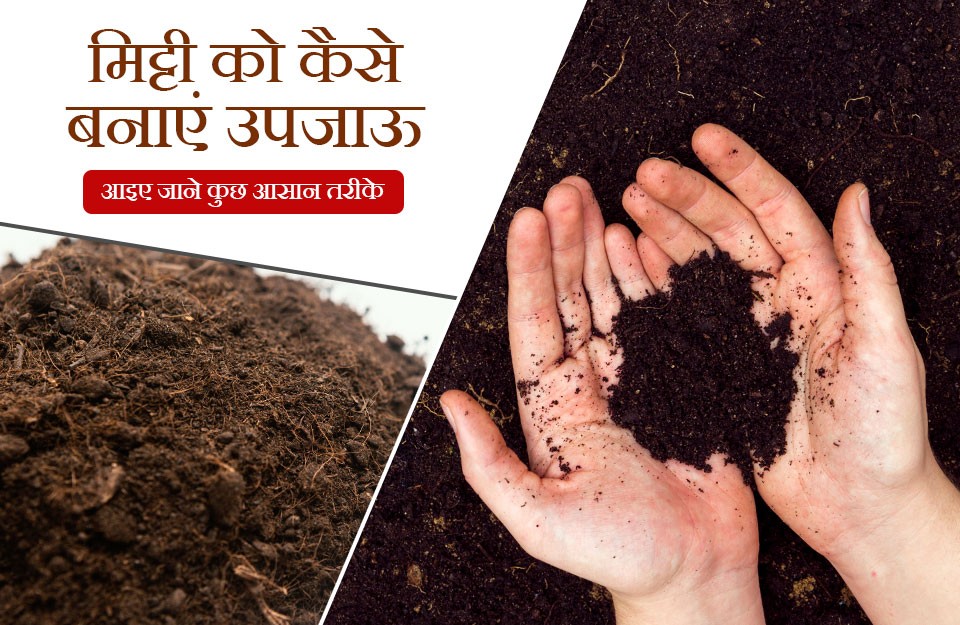
In most Indian states, the harvesting of Rabi crops has concluded, leaving fields vacant. This presents an ideal opportunity to enrich the soil's fertility, which will benefit upcoming crops. By doing so, farmers can anticipate better yields and sustained soil productivity.
Traditionally, farmers tend to burn crop residues in their fields post-harvest, depleting soil fertility and contributing to air pollution. However, if these residues are utilized effectively, they can be transformed into excellent fertilizers for agriculture. This not only enhances crop output but also enriches soil fertility. Let's delve into methods for enhancing soil fertility:
The Indian agricultural department advises farmers to incorporate leftover crop residues into the soil after Rabi crop harvesting to create compost. Through mixed cropping, this compost can be converted into organic fertilizer. Once fully decomposed, the compost can be applied to the soil using a cultivator. Additionally, farmers can blend wheat straw with soil using a rotavator to produce organic manure. This approach not only boosts crop yields but also enhances soil fertility.
Once mung beans are harvested, the leftover leaves and stalks are compacted into the field. Mung bean crops reach maturity within a short span of 60 to 70 days. Post-harvest, the green plants of mung beans are pressed into the soil using a plow. The stalks decompose rapidly in the soil, acting as fertilizer for subsequent crops. This outlines the process of preparing green manure from mung beans.
Farmers can acquire green manure and seeds by cultivating dhaincha in fallow fields. Green manure is produced using the green plants of dhaincha. Dhaincha, being a leguminous crop, is esteemed for its soil-enhancing properties. Additionally, farmers receive an 80% subsidy from the agricultural department for dhaincha cultivation.